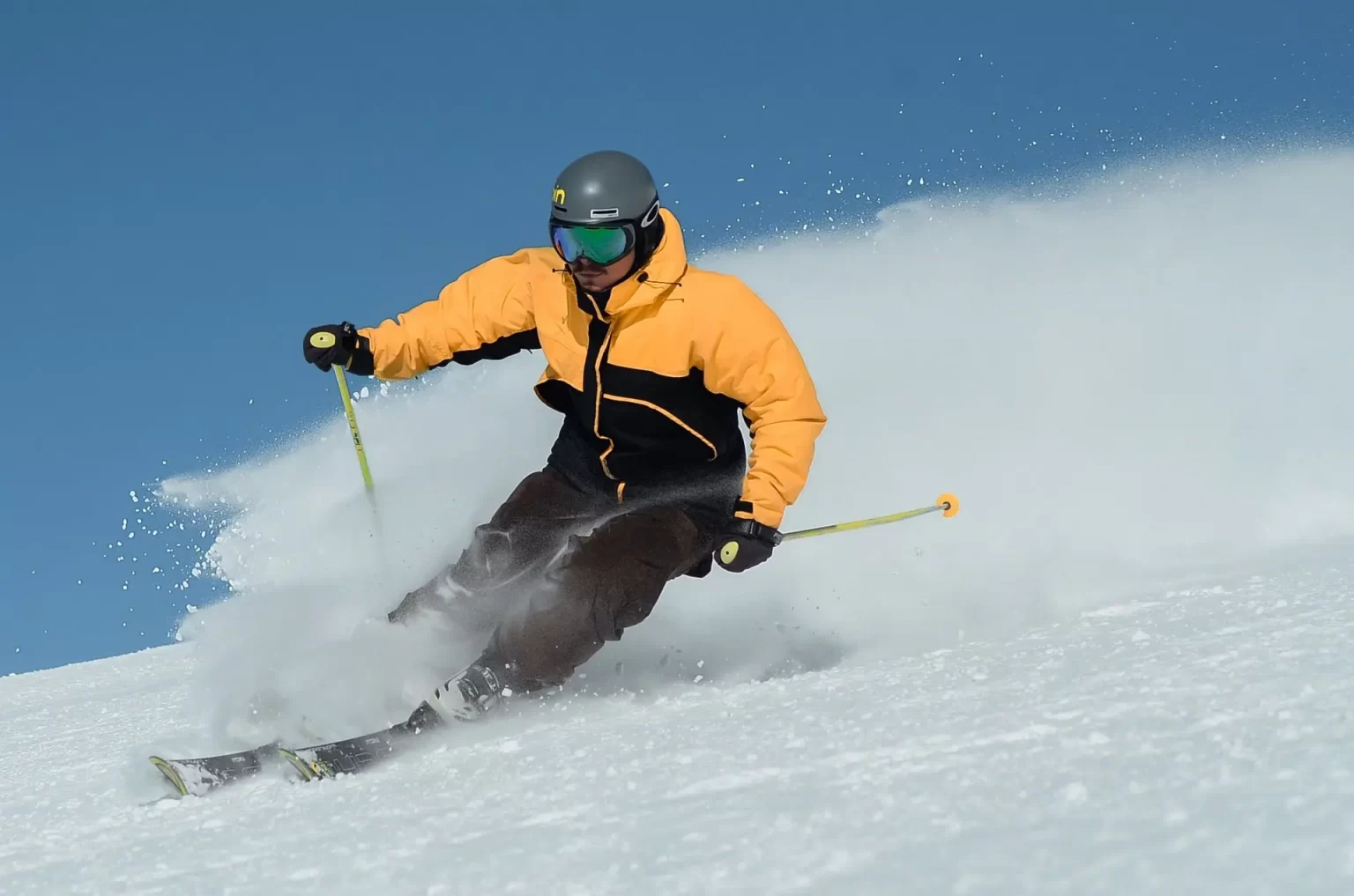Like other winter sports luge originated in Switzerland, probably in the 16th century. They only built the first tracks for the sport in the country 3 centuries later, in a hotel that intended to entertain its guests. The winter sport of luge
The word luge means sled and comes from a French dialect. The sport is very similar to skeleton, the main difference is the athlete’s positioning on the sled. While, in Skeleton, he puts his belly on the equipment. With his head in front, in luge, he lies on his back, with his feet in front.
Players can participate in the sport in the individual, pair, or team relay categories.
During the competitions, athletes reach speeds of 140 km/h on ice tracks that can be between 1.2 km and 1.6 km long. Just like in skeleton, there are no brakes, with the added bonus that the view of the track is even smaller.
To practice luge, athletes need to wear an aerodynamic helmet, high-resistance boots, visors, and gloves with microneedles.
Competitors start while already on the sled.
2 bars fixed at the beginning of the track help to give the initial momentum. Afterward, the participant uses special gloves to have friction on the ice and increase speed even further, only then does he lie down on the equipment.
The sleds are made of carbon fiber, wood, and steel. With 2 metal runners that touch the track, and weigh a maximum of 23 kg. In the individual category, and 27 kg, in the doubles category.
There is a variation of the luge, on a natural track. In which the sled is equipped with a brake lever. In this version, the curves are tighter and the tracks are smaller, without artificial refrigeration.




